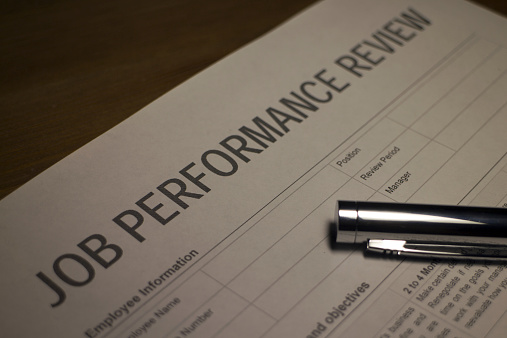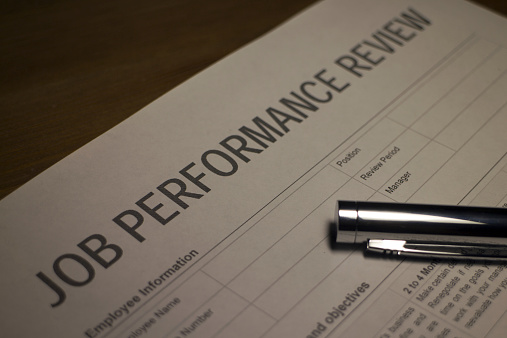Good news: IRS gives a little more breathing room on ACA reporting
If thereâs no way your firm will be able to get everything in order in time to comply with the Affordable Care Actâs (ACA) reporting deadlines, donât panic. You may not have to.
During a recent conference call, an IRS spokesperson reminded employers that thereâs a 30-day reprieve from the ACA reporting requirements available.
That ACA extension applies to both the returns firms must file with the IRS as well as the form they must distribute to employees and applies to:
- Form 1094-B
- Form 1094-C
- Form 1095-B, and
- Form 1095-C.
In order to take advantage of the extension, employers must use Form 8809 (Application for Extension of Time to File Information Returns) and submit it by the reporting deadline. If that form seems familiar, thatâs because itâs the same form used to request an extension for filing W-2s and 1099s.
But thatâs not all.
The 30-day extension can be extended even further in certain situations. According to the instructions on Form 8809, an additional 30-day extension may be provided if the request for an additional extension is filed before the expiration of the original extension.
Employers shouldnât bank on getting the additional extension, however. The IRS makes it clear that ârequests for additional time are granted only where it is shown that extenuating circumstances prevented filing by the date granted by the first request.â
Key deadlines
As employers know, the ACA reporting requirements can be broken down into two categories:
- the forms you need provide employees by Feb. 1, 2016 (Form 1095-C for insured plans), and
- the forms you need to get to the IRS by Feb. 29, 2016(Form 1094-C for insured plans).
And if your company will be filing more than 250 or more returns for 2016, the IRS requires you to do it electronically.
But you do get an extra month to get those forms to the feds â that deadline is March 31, 2016.
For more HR News, please visit: Good news: IRS gives a little more breathing room on ACA reporting
Source: News from HR Morning






